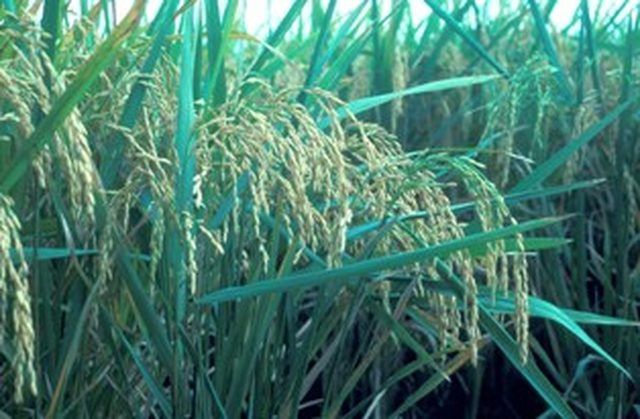Bulbs
Flower Basics
Flower Beds & Specialty Gardens
Flower Garden
Garden Furniture
Garden Gnomes
Garden Seeds
Garden Sheds
Garden Statues
Garden Tools & Supplies
Gardening Basics
Green & Organic
Groundcovers & Vines
Growing Annuals
Growing Basil
Growing Beans
Growing Berries
Growing Blueberries
Growing Cactus
Growing Corn
Growing Cotton
Growing Edibles
Growing Flowers
Growing Garlic
Growing Grapes
Growing Grass
Growing Herbs
Growing Jasmine
Growing Mint
Growing Mushrooms
Orchids
Growing Peanuts
Growing Perennials
Growing Plants
Growing Rosemary
Growing Roses
Growing Strawberries
Growing Sunflowers
Growing Thyme
Growing Tomatoes
Growing Tulips
Growing Vegetables
Herb Basics
Herb Garden
Indoor Growing
Landscaping Basics
Landscaping Patios
Landscaping Plants
Landscaping Shrubs
Landscaping Trees
Landscaping Walks & Pathways
Lawn Basics
Lawn Maintenance
Lawn Mowers
Lawn Ornaments
Lawn Planting
Lawn Tools
Outdoor Growing
Overall Landscape Planning
Pests, Weeds & Problems
Plant Basics
Rock Garden
Rose Garden
Shrubs
Soil
Specialty Gardens
Trees
Vegetable Garden
Yard Maintenance
What Does it Mean to Have a High-Yield Crop?
What Does it Mean to Have a High-Yield Crop?. Crops such as corn and soybeans that have been genetically modified to boost growth, improve disease resistance and increase usable components are labeled high-yielding varieties. Although responsible for greater agriculture production, they are sometimes criticized for higher input demands.

Crops such as corn and soybeans that have been genetically modified to boost growth, improve disease resistance and increase usable components are labeled high-yielding varieties. Although responsible for greater agriculture production, they are sometimes criticized for higher input demands.
History
High-yielding varieties originated with the Green Revolution of the 1950s and 1960s when new seed hybrids were developed to address global food shortages. Genetically engineered crops were introduced in 1996.
Crop Function
Compared with conventional cultivars, today's high-yielding crops direct plant resources toward harvestable products such as grain rather than structural components such as stem height.

Disease Resistance
Because they can be more susceptible to disease than traditional cultivars, many genetically engineered varieties have disease resistance built into the seed.
Controversy
Some regions--including parts of Europe and Asia--have banned genetically modified crops although research has not found any health threat to humans or livestock consuming such crops.
Future Potential
Research on genetically engineered crop varieties currently includes a look at providing enhanced nutritional qualities. These nutritionally fortified crops are being targeted at parts of Africa and other developing regions where nutrition is of particular concern.